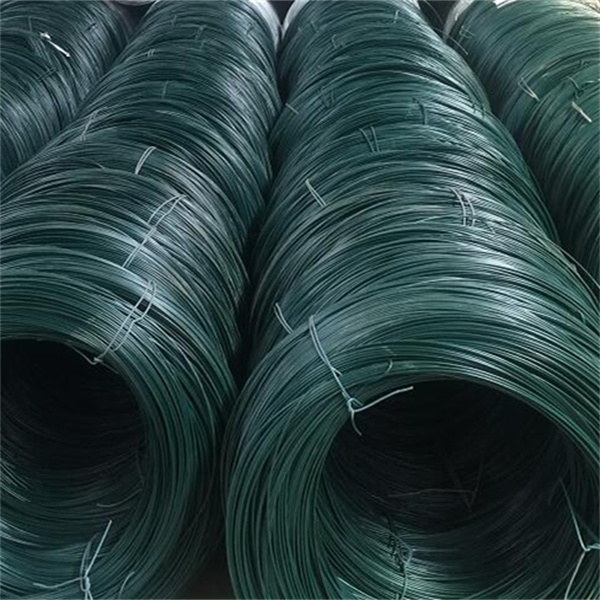Nov . 13, 2024 16:20 Back to list
rocks for gabion walls
The Use of Rocks for Gabion Walls A Sustainable and Durable Solution
Gabion walls have gained popularity in recent years as effective retaining structures, erosion control solutions, and decorative garden elements. The use of rocks in these structures not only contributes to their aesthetic appeal but also enhances their functionality and longevity. This article explores the benefits of using rocks in gabion walls, the materials suitable for construction, and practical applications.
What Are Gabion Walls?
Gabion walls consist of wire mesh cages filled with rocks, stones, or other similar materials. The term gabion originates from the Italian word gabione, which means big cage. Traditionally used for civil engineering projects such as flood control and slope stabilization, gabion walls are favored for their versatility and durability. When filled with rocks, these walls are not only structurally sound but also blend harmoniously with natural landscapes.
Advantages of Using Rocks
1. Durability Rocks are incredibly durable and weather-resistant. They can withstand various environmental conditions, including heavy rainfall, freeze-thaw cycles, and shifting soil dynamics. Because gabion walls made from rock are less susceptible to erosion and deterioration, they require minimal maintenance over their lifespan.
2. Natural Aesthetics One of the most appealing aspects of using rocks for gabion walls is their natural appearance. Depending on the type of rock used, the walls can blend seamlessly into the surrounding environment. This aesthetic quality makes them an excellent choice for landscaping, garden design, and outdoor features.
3. Environmental Benefits The use of natural rocks in gabion construction aligns with sustainable building practices. Unlike concrete or synthetic materials that may harm the environment, rocks are abundant and can often be sourced locally. Additionally, the permeability of gabion walls allows for natural drainage, reducing the risk of water pooling and promoting healthy vegetation.
rocks for gabion walls

4. Cost-Effective Building gabion walls with rocks can be more cost-effective compared to traditional retaining walls. The materials are often less expensive, and the design allows for relatively simple construction. DIY enthusiasts can even create their gabion walls with basic equipment and tools, further reducing labor costs.
Suitable Rock Materials
When selecting rocks for gabion walls, several factors come into play. Common choices include river rock, granite, limestone, and basalt. The choice of rock should be based on factors such as availability, desired appearance, and specific structural requirements. It's important to use appropriately sized stones that will not fall through the mesh and can provide adequate weight and stability.
Applications of Gabion Walls
Gabion walls can serve a variety of purposes, making them a versatile option for both residential and commercial applications. They can be used for
- Erosion Control In areas prone to erosion, gabion walls help stabilize soil and prevent further loss of land. - Retaining Walls These structures are ideal for managing slopes, allowing for the construction of terraces in hilly landscapes. - Decorative Features Gabion walls can serve as stylish garden borders, benches, or decorative fences, adding unique charm to outdoor spaces. - Wildlife Habitat The voids within gabions can create habitats for small animals and insects, contributing to local biodiversity.
Conclusion
The use of rocks in gabion walls offers numerous benefits, including durability, environmental sustainability, and aesthetic appeal. As more people and municipalities recognize the value of gabion walls, they are becoming a preferred solution for landscaping and civil engineering projects alike. With their versatility and longevity, rocks for gabion walls present a practical and eco-friendly choice for modern construction.
-
Why PVC Coated Gabion Mattress Is the Best Solution for Long-Term Erosion Control
NewsMay.23,2025
-
Gabion Wire Mesh: The Reinforced Solution for Modern Construction and Landscape Design
NewsMay.23,2025
-
Gabion Wall: The Flexible, Seismic-Resistant Solution for Modern Landscaping and Construction
NewsMay.23,2025
-
Gabion Wall Solutions: The Durable, Decorative, and Affordable Choice for Every Landscape
NewsMay.23,2025
-
Gabion Basket: The Durable and Flexible Alternative to Traditional Retaining Walls
NewsMay.23,2025
-
Gabion Basket: The Proven Solution for Slope Stability and Flood Control
NewsMay.23,2025
-
Versatility of Chain Link Fence Gabion
NewsMay.13,2025






